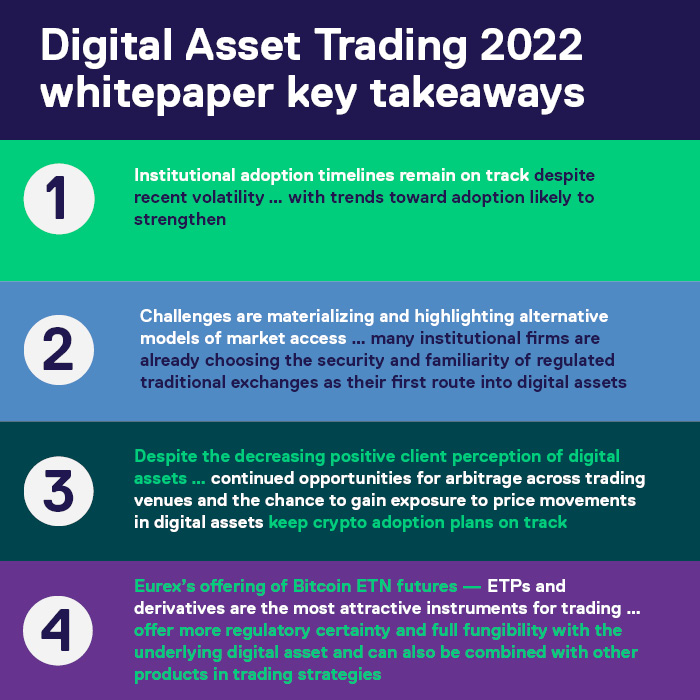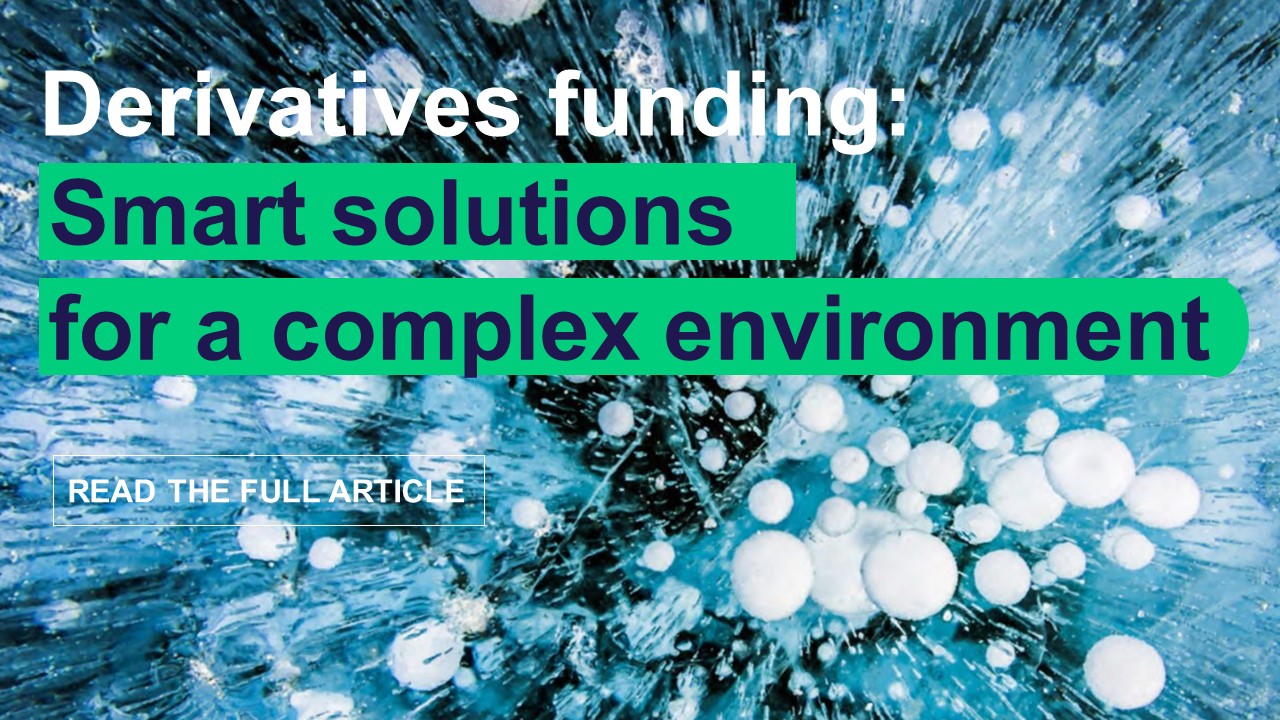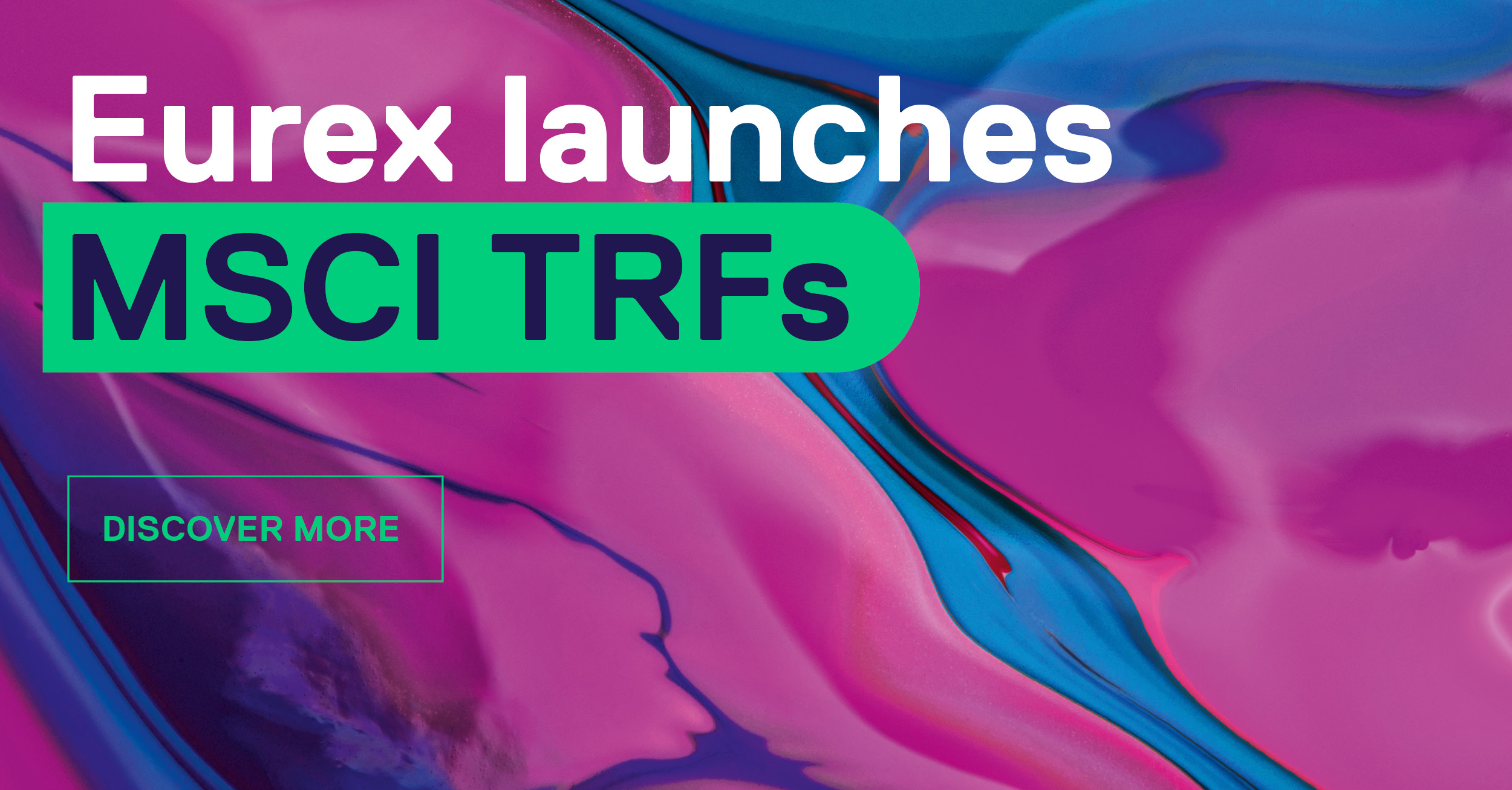1. Institutional adoption timelines have not been affected by recent volatility
Despite the extreme price declines of the crypto winter and the shock of the Terra-Luna collapse, institutions have not abandoned their interest in digital assets. However, these events, as well as the recent bankruptcy of FTX, are likely to strengthen existing trends toward adoption. One of the most popular methods among TradFi firms for gaining exposure to digital assets has been derivatives hosted on traditional exchanges. About 60% of institutional firms surveyed considering or already trading digital assets choose this route to access. As this route is covered by derivatives regulation, it often slots into existing relationships with the exchange and benefits from central clearing. The likelihood is that their use by institutions will only grow.
2. Challenges are materializing and highlighting alternative models of market access
Cryptocurrency markets are often opaque. This year’s developments highlighted the counterparty risk, complexity, and lack of transparency in many corners of the market. For institutional investors interested in adding digital assets to their portfolios, there are also several features of the native-crypto market, such as auto deleveraging, which need to be understood and adapted to existing workflows. Among other findings in the report, a lack of intermediation from the traditional sell-side has proven a persistent challenge for institutional firms looking to enter the market. Although the market's volatility is a major benefit for some parts of the market, many institutional firms find this persistently challenging as well. These factors have already led many institutional firms to choose the security and familiarity of regulated traditional exchanges as their first route into digital assets. Considering this year's events, the trend is only likely to strengthen.
3. Positive client perception of digital assets is decreasing. Yet institutional investors have kept their adoption projects on track
Digital assets continue to starkly divide opinion in traditional finance circles. The crypto winter has sharply brought concerns about counterparty risk and a lack of regulation back to the fore. The recent events upended the cautious comfort that some TradFi firms were starting to feel with the native industry. Business practices and lack of transparency are now back to the fore in many firms' concerns. Nevertheless, many institutions have kept crypto adoption plans on track this year, either due to the continued opportunities for arbitrage across trading venues or the chance to gain exposure to price movements in digital assets.
4. Offering — ETPs and derivatives are the most attractive instruments for trading
The variety of digital asset products that can be traded on derivatives exchanges has grown in recent years. These offer the benefits of traditional exchanges listed above and more regulatory certainty (as derivatives fall under existing frameworks). As well as futures and options, Exchange Traded Notes (ETNs) also serve as an effective way to access exposure to the market. These can offer full fungibility with the underlying digital asset and can also be combined with other products in trading strategies. A diverse ecosystem is already developing around these products, such as Eurex's offering of Bitcoin ETN futures.




